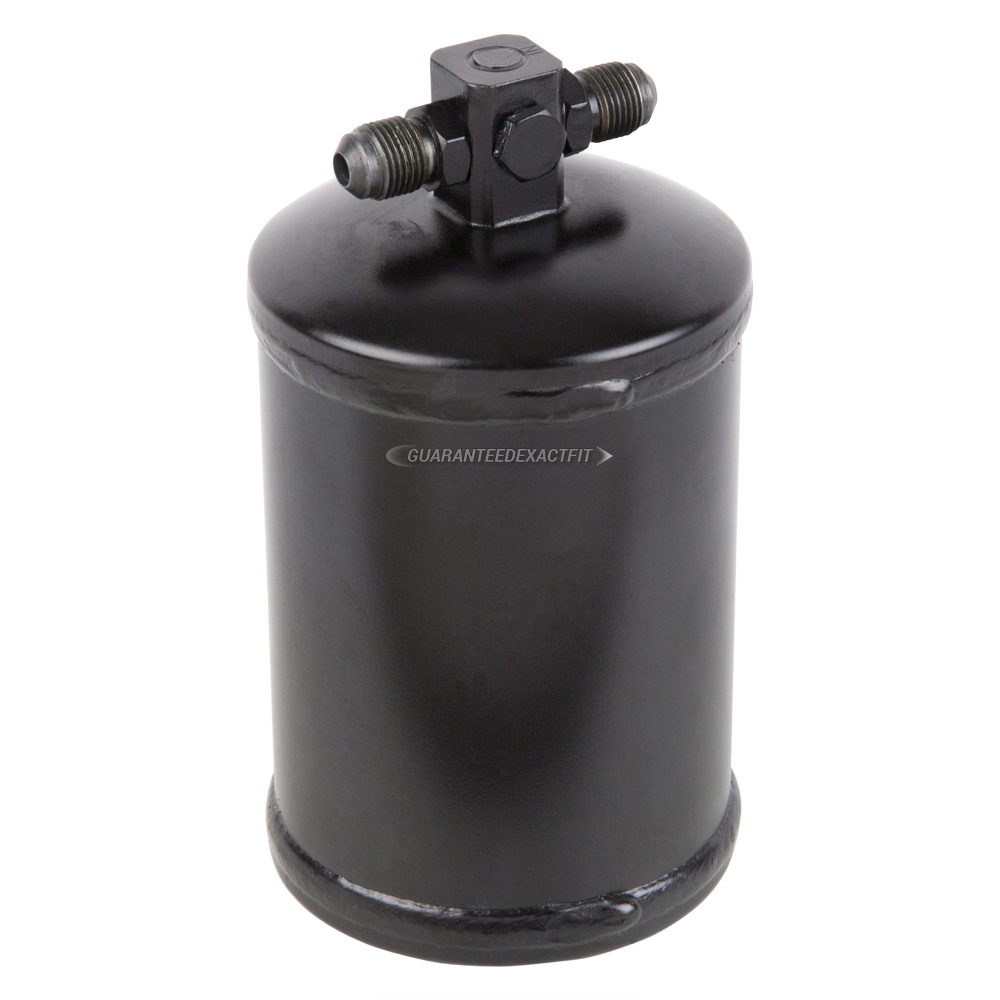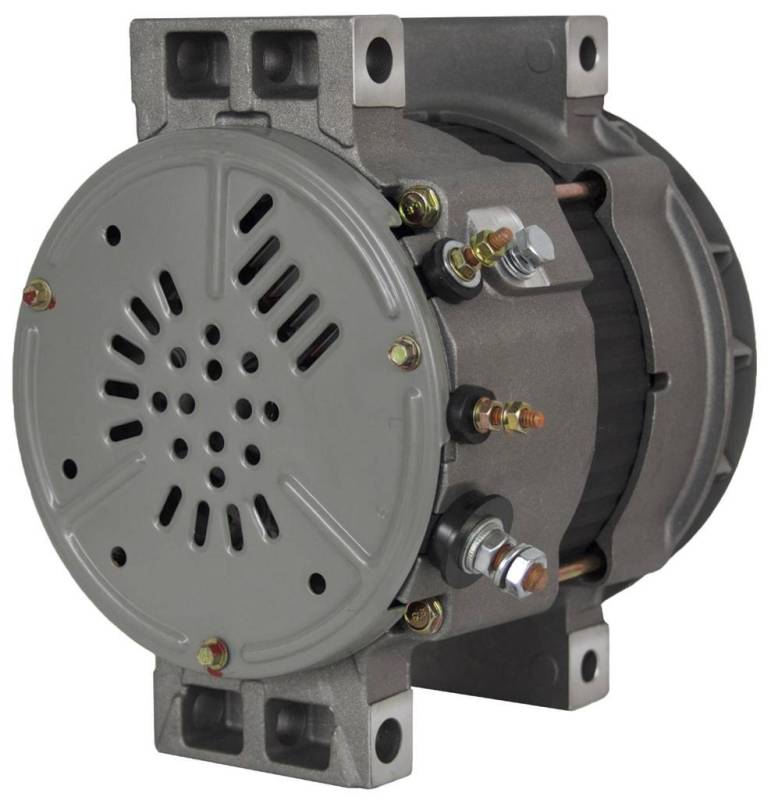

There is nothing more important than ensuring the safety of all road users. FEATURES OF IPM6Įngine holds constant torque to minimise unnecessary engine load.Ĭombines Predictive Cruise Control (PCC) and Adaptive Cruise Control (ACC) to use kinetic energy and minimise brake usage. * Compared to previous Freightliner model transmissions. The DT12 also features optimised gearing for increased torque, improved low-speed manoeuvrability and down-speeding capability, a new oil pump and sump for better oil flow and reduced parasitic loss, as well as PTO options *. The latest generation DT12 product upgrades build on that performance using technology to electronically select the ideal shift patterns to assist with providing optimal power and fuel efficiency.
#2016 FREIGHTLINER CASCADEA ALTENATOR MANUAL#
With millions of kilometres under its belt, the Detroit DT12 Automated Manual Transmission has performed in a range of environments. Intelligent Powertrain Management (IMP6)ĭETROIT DT12 AUTOMATED MANUAL TRANSMISSION.Detroit® DT12™ Automated Manual Transmission (AMT).The Integrated Detroit Powertrain features: The additional features of IPM6 work seamlessly to assist with optimising vehicle performance. The Detroit® DT12™ Automated Manual Transmission comes standard with the new Intelligent Powertrain Management System (IPM6). The Integrated Detroit Powertrain (IDP) combines with Cascadia’s aerodynamic features to produce the next generation of Freightliner fuel efficiency.įeaturing Daimler’s Detroit® DD13® and DD16® engines to deliver optimum horsepower and torque at lower RPMs, our engineers have taken Detroit’s history of performance and advanced electronics to keep your truck in top gear longer and cruising at a more efficient engine speed *.

INTEGRATED DETROIT POWERTRAINĭetroit seamlessly integrates its engine, transmission and axle technology to assist with maximising fuel efficiency. To assist with maximising the performance of the Cascadia, Daimler engineers used Computational Fuel Dynamics (CFD) and Daimler Trucks North America’s proprietary wind tunnel – the only full-scale OEM owned-and-operated wind tunnel in North America to test, modify and optimise vehicle aerodynamics. * Compared to previous Freightliner models. With the Cascadia, Freightliner has pushed fuel efficiency even further by focusing on aerodynamic and powertrain improvements *. It's very strong when it drops a gear and raise engine to 1800-2400 RPM.Building your bottom line begins with reducing how much you are spending on fuel. So now with autoshift they get messed up, because when the computer and engine and transmission all work together to give you maximum engine brake.

Don't let the high RPMs throw you offĭon't forget your not supposed to use engine brake in snow or ice roads. If you don't need maximum then you turn on stage 1 or 2 and keep RPMs between 1300-1800. If someone turns on stage 3 at 70mph it will always downshift at 1800 to give you maximum eging brake all the way down to 15mph. You take foot off brakes and let the truck roll back up to 2300 rpm Don't hold the brakes and let the RPMs go below 1800 because it will downshift. Let's say your heavy and your have stage 3 engine brake and truck is speed up going downhill, then you tap the brakes to keep engine RPMs 1800-2300. Then you let the RPMs climb back up to 2200 and flip stage 3 back on. So if your going downhill and don't want transmission to downshift you need to keep the RPMs 1800+ or when your slowing down and reach 1850 you switch to stage 2. The DD transmission is set up to ALWAYS keep the engine RPMs highly. Then downshift and raise the engine RPMs for the amount of engine brake you want. When going downhill in automatic modes pick your speed you want. So go down hill with high RPMs for maximum engine brake and that means less brake pedal. The engine and transmission work together as one.


 0 kommentar(er)
0 kommentar(er)
